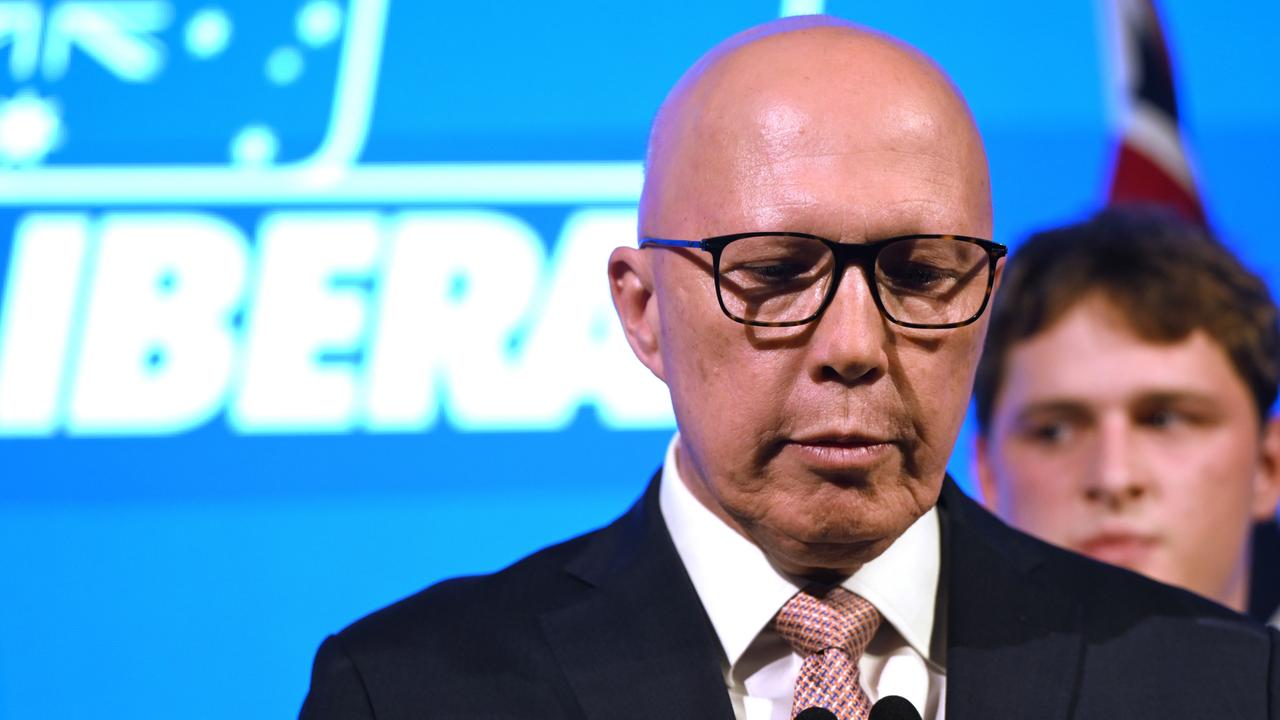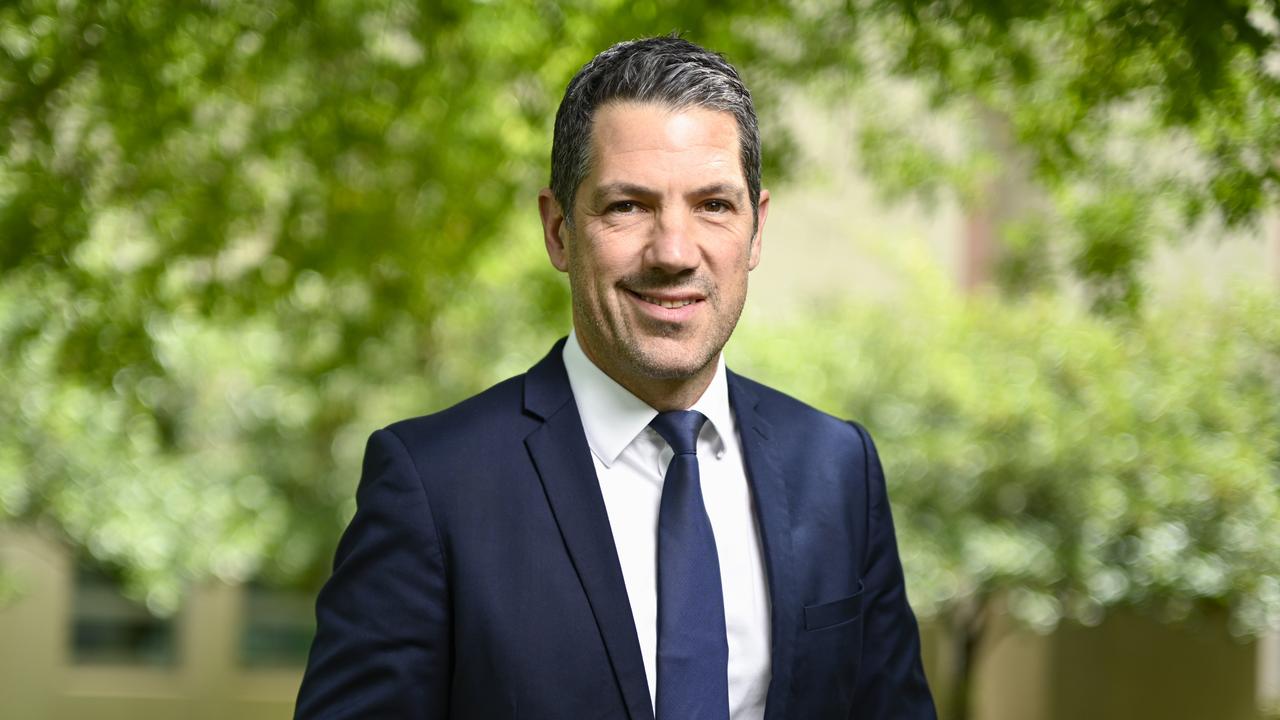Scott Morrison’s green footprint spreads into regional area
The Emissions Reduction Fund is expected to deliver more than 16 million tonnes of carbon abatement this year.

The Emissions Reduction Fund — a key plank of Scott Morrison’s pledge to “meet and beat” Australia’s Paris target — is expected to deliver more than 16 million tonnes of carbon abatement this year as the government expands its green footprint in regional areas.
The government spent $27.6m in the 10th fund auction to purchase an additional 1.71m tonnes of carbon abatement across five states.
Energy and Emissions Reduction Minister Angus Taylor said they had focused on green projects in regional Australia, which has been hit hard by bushfires and the COVID-19 outbreak.
Mr Taylor said fund projects delivered 14.8m tonnes of abatement last year, which would rise over the next 12 months.
“These auction results show that the Emissions Reduction Fund is continuing to support practical action to reduce emissions right across the economy while improving productivity and providing social, economic and environmental benefits,” Mr Taylor said. “Importantly, the ERF continues to support those in regional areas working hard to generate carbon offsets, and having a positive impact on global emissions.”
The fund auction purchased emissions reductions in 11 projects, including forestry, soil carbon, vegetation regeneration, landfill gas and energy efficiency.
In a move to support the timber industry, which was heavily affected by the bushfires, the fund auction backed four new plantation forestry projects in NSW, Victoria, Western Australia and South Australia.
The fund has engaged hundreds of projects to secure Australian carbon credit units, which can be sold to the federal government and businesses to offset emissions.
Scott Morrison boosted the fund by $2bn ahead of last year’s budget, setting it up as a key plank to deliver on his pledge to “meet and beat” Australia’s Paris target to reduce emissions by 26-28 per cent below 2005 levels by 2030.
The federal government, which is considering measures to boost the timber industry’s involvement in the carbon market, is working with fund participants and industries to explore “new and innovative ways” to reduce emissions under the $2bn Climate Solutions Fund.
Mr Taylor said despite the tough economic conditions, the volume of “abatement” purchased was “substantially higher than the previous auction”.
Through the fund auction, sellers can choose whether to deliver abatement to the federal government at a contracted price, or sell some or all their carbon credit units elsewhere.
In February, the Clean Energy Regulator confirmed some fund projects, limited to fewer than 15 vegetation projects issued with less than 120,000 credit units, were affected by fires.




To join the conversation, please log in. Don't have an account? Register
Join the conversation, you are commenting as Logout